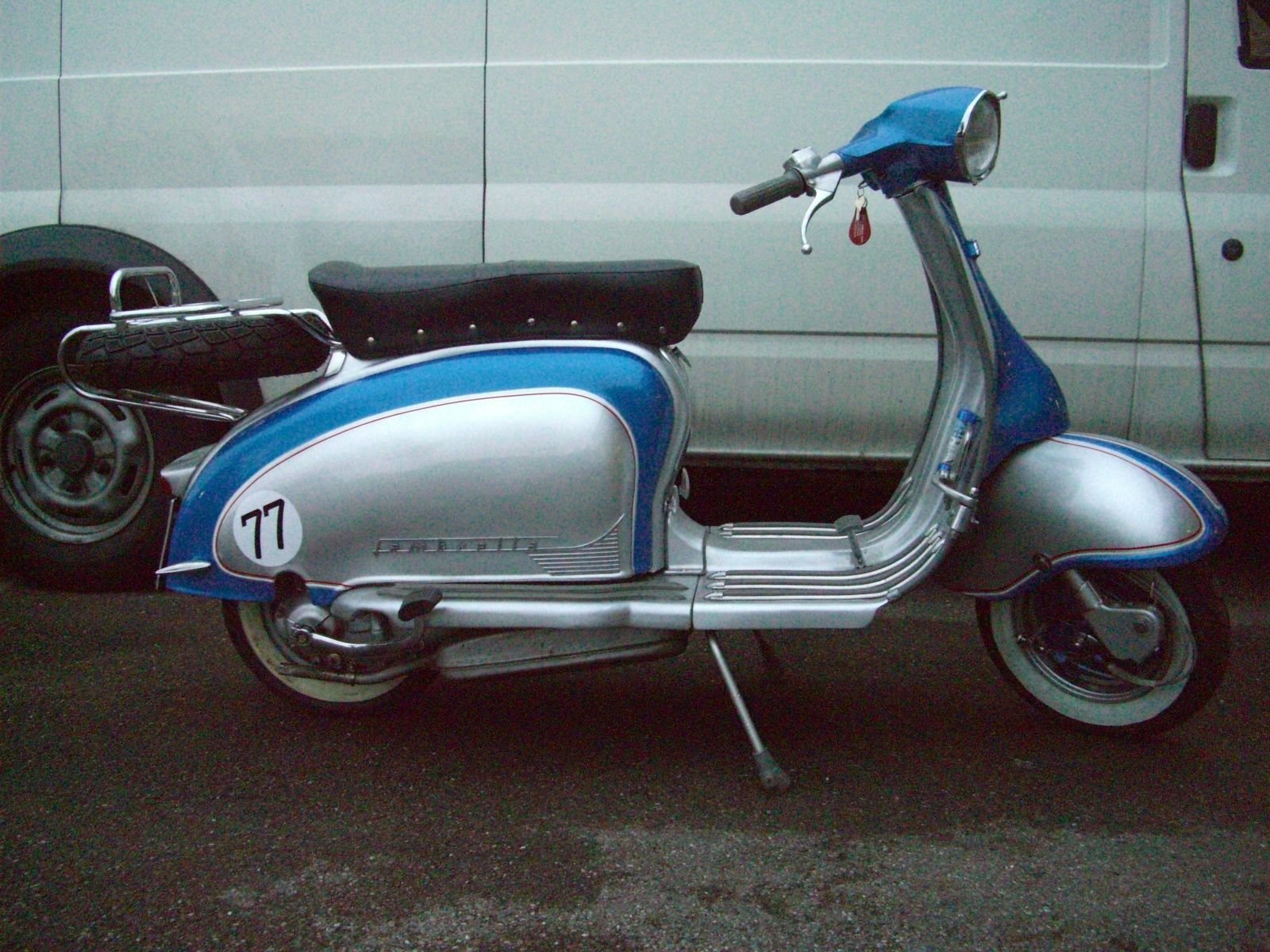A lot of cars until twenty years ago....not just Leylands and Fords....but Fiats, Lancias etc. used panels produced from melted down scrap.
The open hearth furnace could use 90% scrap, but the Bessemer converter could only use around 10% scrap so Shotton steel works produced very high quality steel, using scrap metal, until the open hearth furnaces were closed down, they continued coating steel made in south Wales but the steel was a lower quality do to process used. Yes Shotton works was melted down scrap but it was better not worse than the steel from south Wales, but agreements with Europe limited how much steel we could produce, we were producing more than our quota and shutting down production at Shotton would allow south Wales to work flat out which in turn reduced the running costs per unit steel produced.
In the main it was political rather than good management down to chances of government in power being re-elected, same as the Beeching cuts, he never said close down the railway lines, he said if you close down these lines the railways will pay, but there are other factors, but other factors were only considered were there was a marginal seat.
As to British Leyland the old Morris Minor was a really good car when designed, but that engine was kept for far too long, the engine and running gear used in Austin Gypsy was far better than the one used in the Landrover but when the firms merged Gypsy was dropped, as was the champ. The Landrover body was good as light and so kept it more stable, but the way it was made to be changed easy to soft top etc. Resulted in doors never sealed when closed, they were cold draughty machines.
The range rover was a big move forward to permanent 4 wheel drive, and the 110 was a range rover with land rover body, but then it seemed to stop, be it Mini, Marina or any of the others after, they were the same cars with face lifts, no new technology, when they did produce a new engine it was not tested enough before it was released.
When JCB found CAT had bought Perkins and they as a result started to make their own engine the really put it through testing before it was released including putting it into a car and getting land speed record, but JCB is family run. The Leyland group was lacking direction for years. There buses were good, but rest was a shambles. And buses were old, the Leyland Olympian did carry 106 passengers I seem to remember riding on them in Hong Kong. But 1981 these were made, they were not really up dated.



